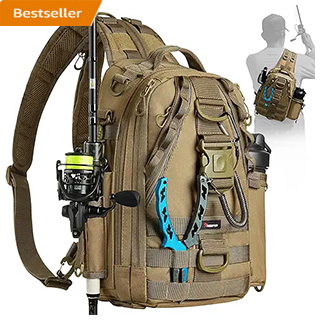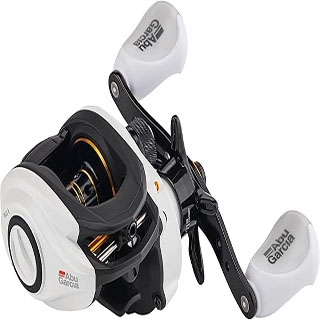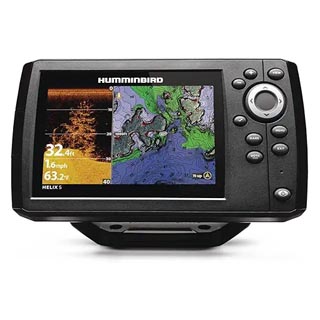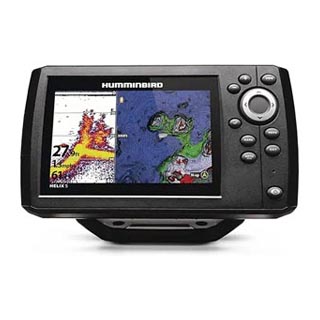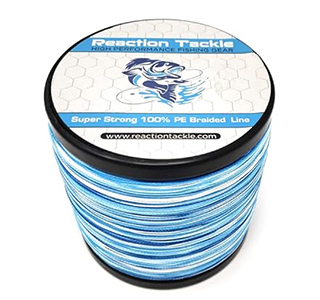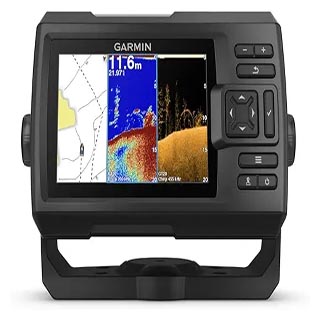Not Just Fishing
Fishing Articles and Information

Various Types of Fishing Rods
By Iain Loveman
I think before we get into the types of fishing rods, a simple definition should be given.
A fishing rod or pole is simply a tool
used in catching fish.
The art of fishing incorporates a rod, some type of line and
a hook.
Pretty simple really, but if that is all it takes, why is there such an abundance of new technology
coming on the market every day?
Modern fishing rods on the other hand differ greatly from the simple fishing pole because they use reels which help in retrieving your fish caught by your hook and the meal that you present to them (now known as bait).
The rods themselves can be fly fishing, spin casting, spinning, ultra-lite, ice fishing, surf and carbon fibre.
Fly Fishing Rods:
I would suggest that fly fishing is probably one of the most ancient methods of fishing
but that it is also one of the most distinct. Although greatly respected and accepted as the time honoured method for catching trout and salmon it has a growing following for catching an abundance of a variety of fish species.
Fly rods vary in length from 6' to 14' (2m
- 4m) and are made out of Bamboo, Split Cane or Synthetic.
Bamboo and Split Cane
Fly fishing rods
were orginally made from bamboo and split cane which was discovered in Guandong, China. They still rank today as the most desired rod
due to its durability, mass, strength and the time it takes to craft and finish.
St. Croix, G Loomis, Rainshadow, Redington
Synthetic Fly Rods
made from carbon fibre
made from fiberglass
carbon graphite, graphite boron, graphite
titanium
Spin Casting: Hold a spin casting reel
Spinning:
One of the main differences between this rod and bait casting and spin casting rods is that the reel hangs beneath the rod rather than sitting on top.
Jigging Rods
These rods are best for heavy lures and baits especially when reaching around 180 to 200 feet under the ocean's surface. They are made of fine, solid materials which accounts to their heaviness. The use of jigging rods is specifically due to alternating currents during the fishing activity.
Some oceans have erratic undersea current. That is why the bait and fly lines should be kept in place. Lures are also disturbed and cause confusion among fish if the lines are not long and heavy enough to withstand and tolerate water currents under the sea.
These rods are best for target fishes usually found
dwelling at the bottom of the sea such as halibut and cods.
Graphite or Fiberglass:
These types of rods are the most popular today and are used in catching heavy as in pike, muskey, pickerel or light fish as in perch, crappie, sunfish and pumpkin although
they have been proven best for bass, walleye and trout. They vary in length from 5' to over 7' (1.5 and 2.5 m) and are one or two piece
rods. I prefer the one piece rods for sensitivity but the two piece wins hands down for portability.
Ultra Lite:
Used for smaller species
Ice Fishing:
Quite obviously these rods are used for icefishing and require their own
special set of characteristics. They are short spinning rods, short being the optimum word. I suggest you would be pushing the limit
at 36". They have large eyelets to prevent the line from freezing and snagging. They are fairly stiff rods because you only get
one chance to set the hook.
Surf:
Resemble oversized spinning or bait casting rods
Long
grip handles, two handed casting techniques
10 to 14 feet in length.
